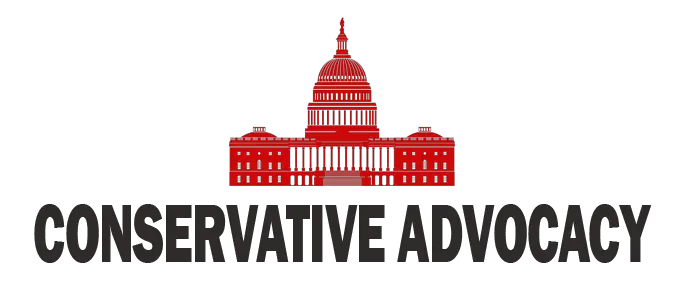Now that the clock is ticking with just 50 days left until President-elect Trump takes office, the geopolitical landscape continues to shift dramatically. Recently, Ukrainian President Zelenskyy has made headlines with his willingness to give up certain territories to Russia in exchange for NATO protection. This intriguing proposition aligns with Trump’s mission to end the ongoing conflict that has gripped Ukraine and strained international relations. But what does this potential move mean for NATO and the future of Ukraine?
To understand the situation better, it’s crucial to grasp what NATO is all about. NATO, or the North Atlantic Treaty Organization, is a collective defense alliance of countries—primarily in Europe and including the United States—pledged to defend each other against outside threats. If one member is attacked, every member is expected to respond. This collective defense principle has historically deterred enemies, as Vladimir Putin has notably never dared to invade a NATO country. Instead, his aggression has been directed toward Ukraine and nearby nations like Georgia.
Zelenskyy’s proposal raises numerous questions about Ukraine’s role in NATO and the implications of such a shift. After being continually pressured by Putin’s ambitions to erase Ukrainian sovereignty, Ukraine seems to be taking a pragmatic approach. With military recapture not currently viable, the idea is to secure NATO membership, which could shield them from future aggression. A long-term division akin to post-World War II Germany might be an uncomfortable reality, but NATO could act as a security blanket, preventing further invasions.
Amid the backdrop of warfare and strife are more significant concerns. President Trump has been vocal about wanting to decompress the situation, pressing for a swift end to hostilities. The key challenge lies in formulating a lasting peace that ensures Putin keeps his ambitions in check. Here, NATO membership becomes a critical issue for consideration. If Ukraine can secure its place in NATO, it will create a formidable deterrent against any further military escapades from Russia.
However, the road to peace isn’t solely about NATO. A multi-faceted approach may be required. Increasing American energy production and exports is one option on the table that could make a substantial impact. Driving down global prices could limit Putin’s financial resources vital for his military operations. Additionally, once safety is assured and Ukraine finds a home in NATO and the European Union, there might be room to discuss lifting some sanctions on Russia. This would come only after ensuring that the war is definitively over and that peace is stable.
While many Americans may have varied opinions on Ukraine’s NATO membership, there seems to be a unanimous desire to see an end to the war. People across the nation recognize not only the financial burden this conflict imposes but also the tragic loss of life that continues to unfold. As President Trump gears up to navigate this complex situation, he appears determined to assemble a team ready to prioritize peace. After all, a world plagued by conflict is not one that anyone desires to live in. With strong leadership and strategic planning, there is hope that a resolution can be achieved, ensuring lasting peace not just for Ukraine but for the entire region.




